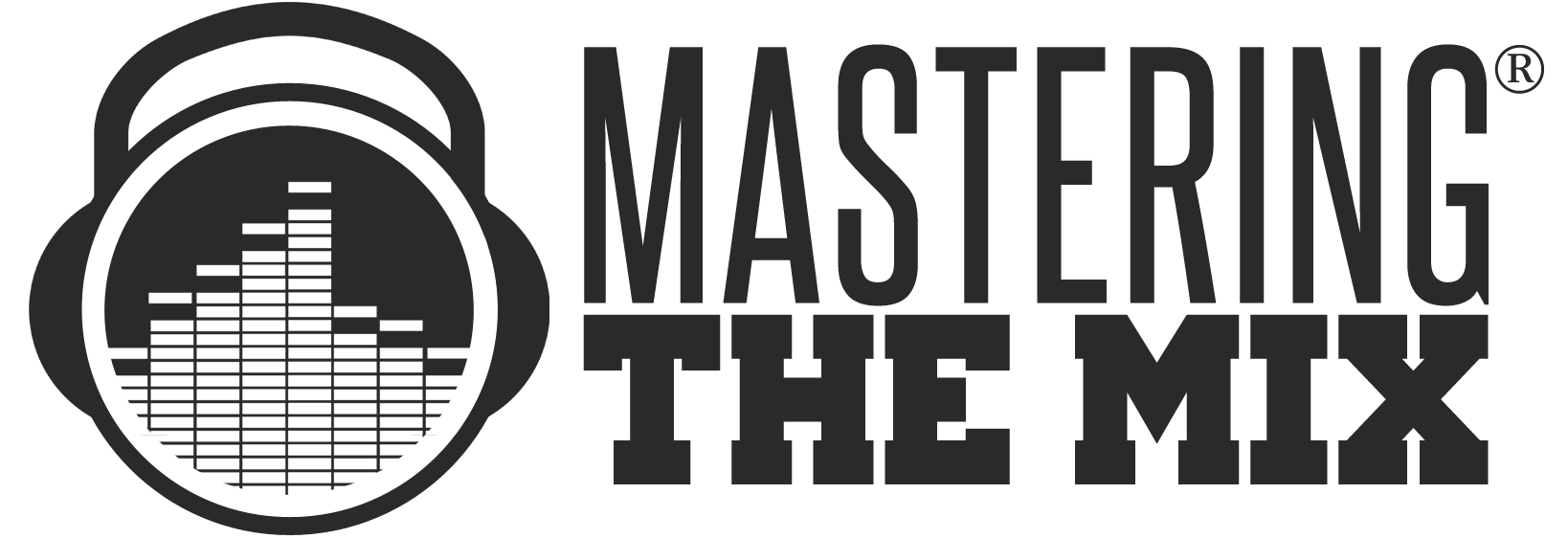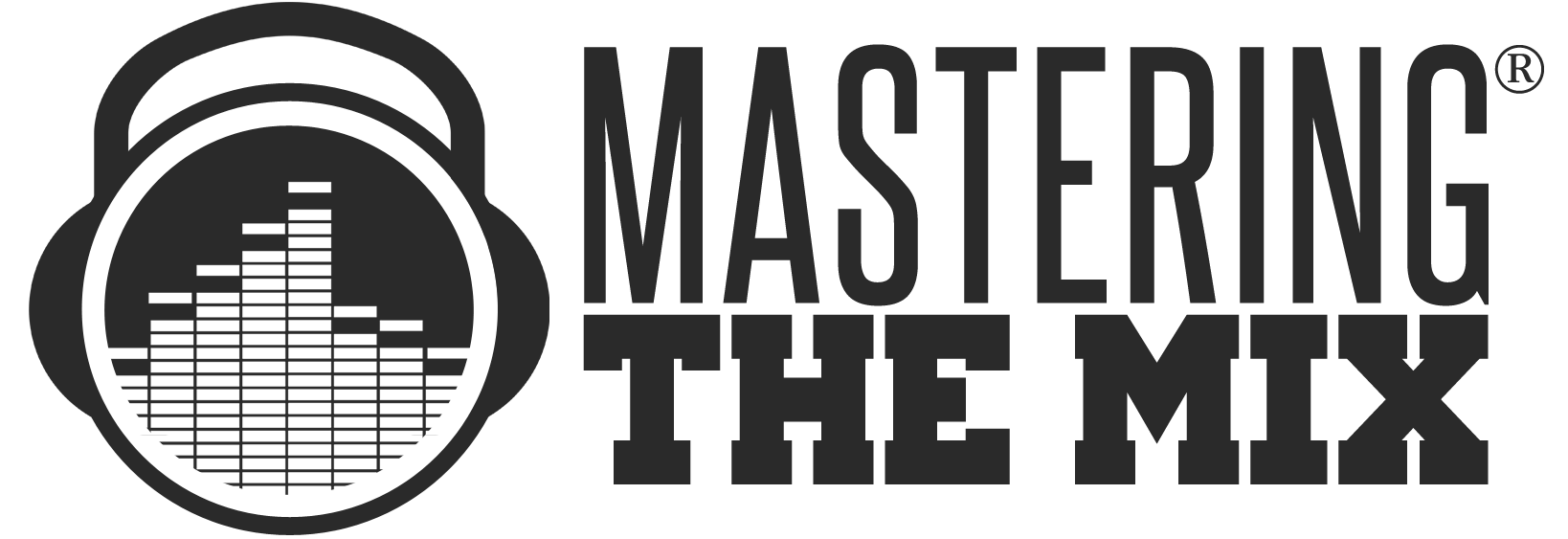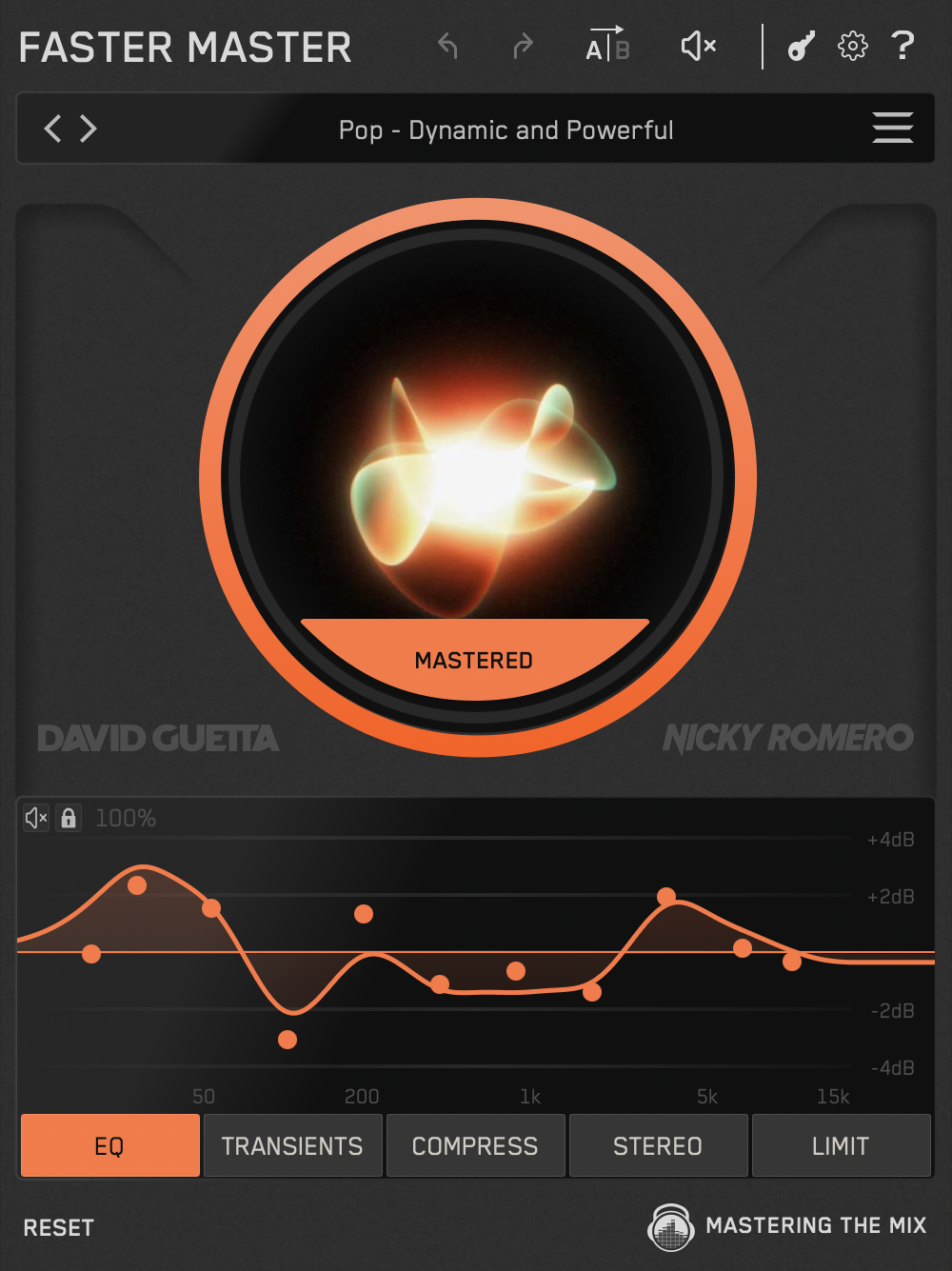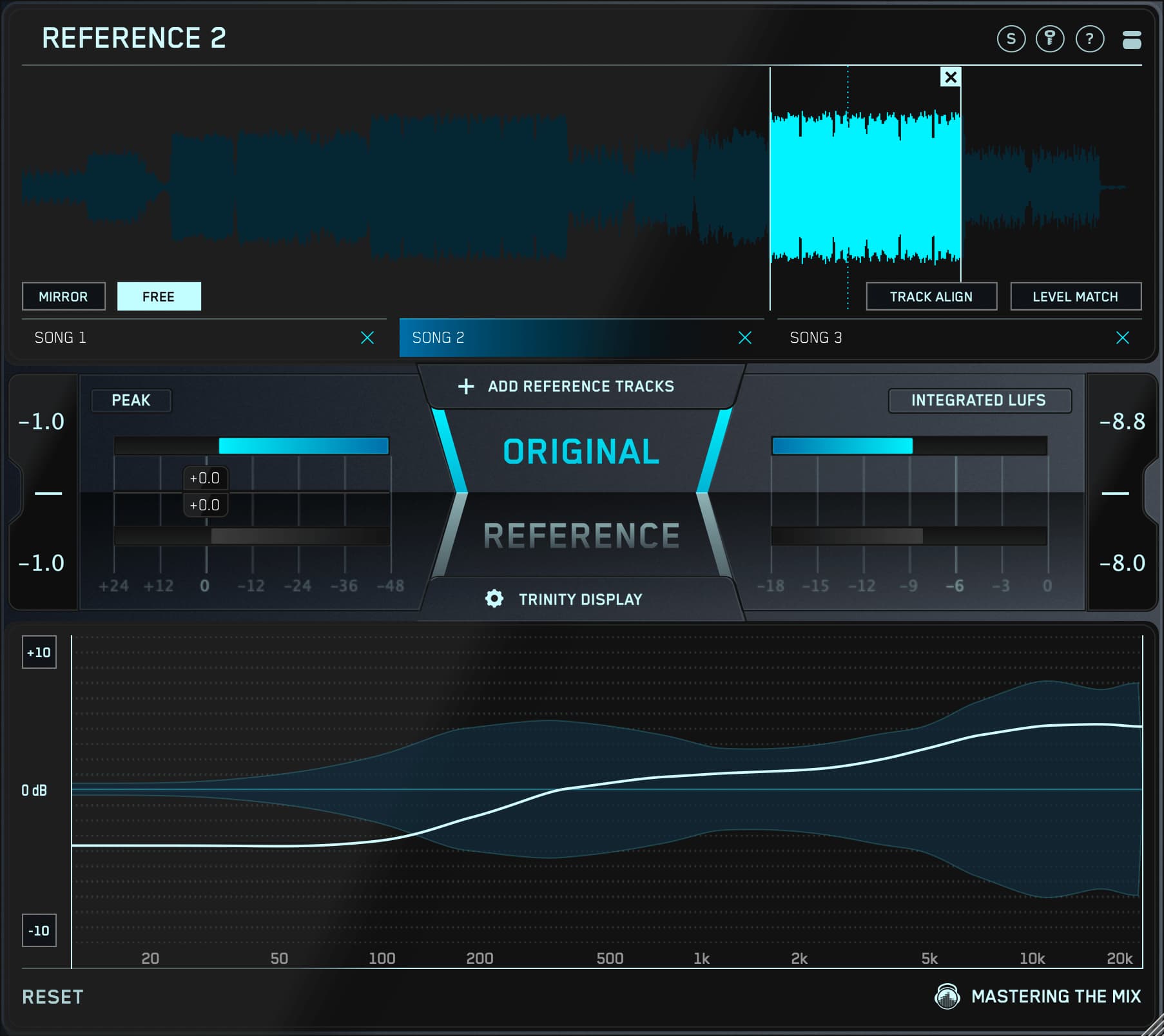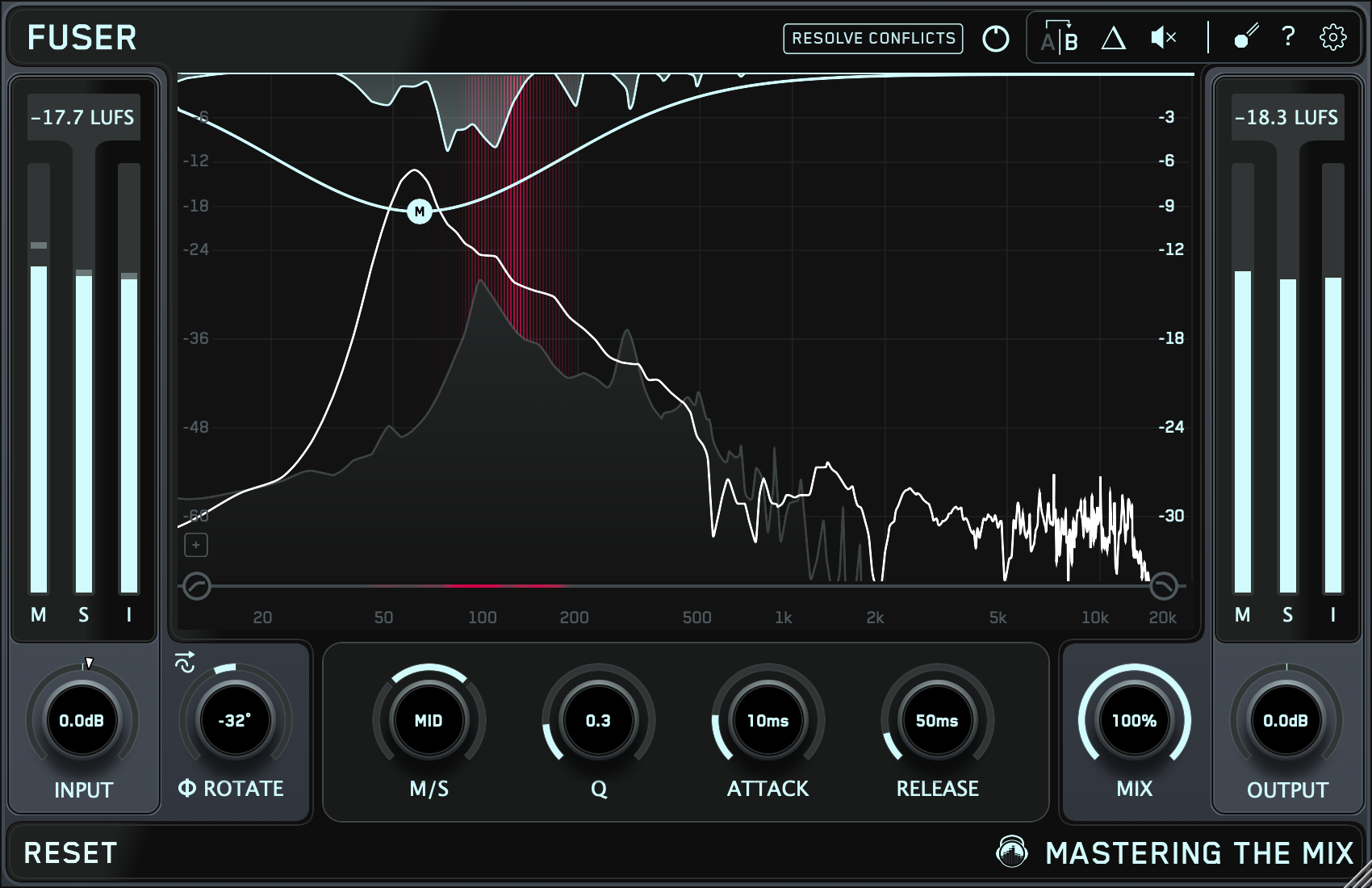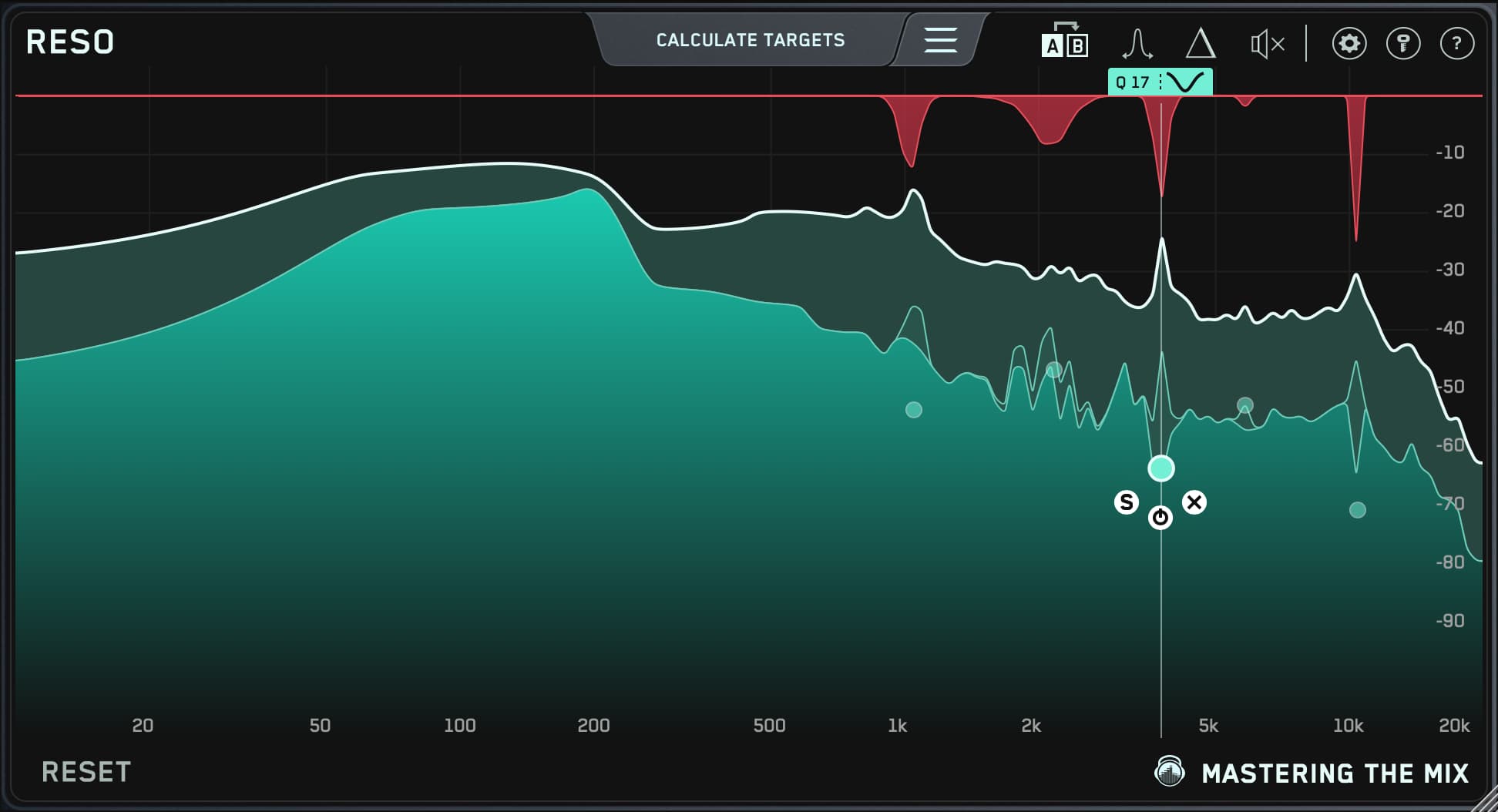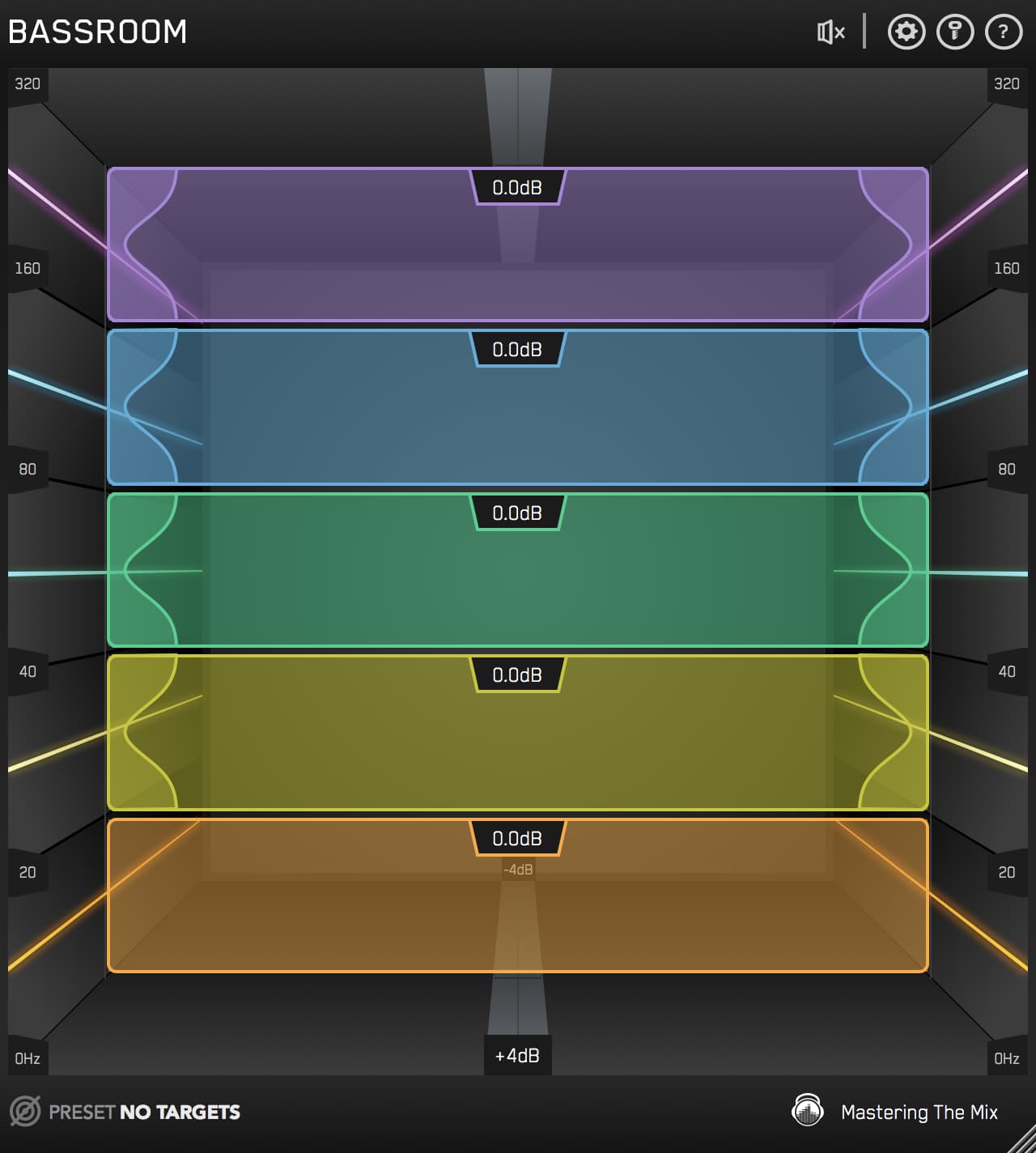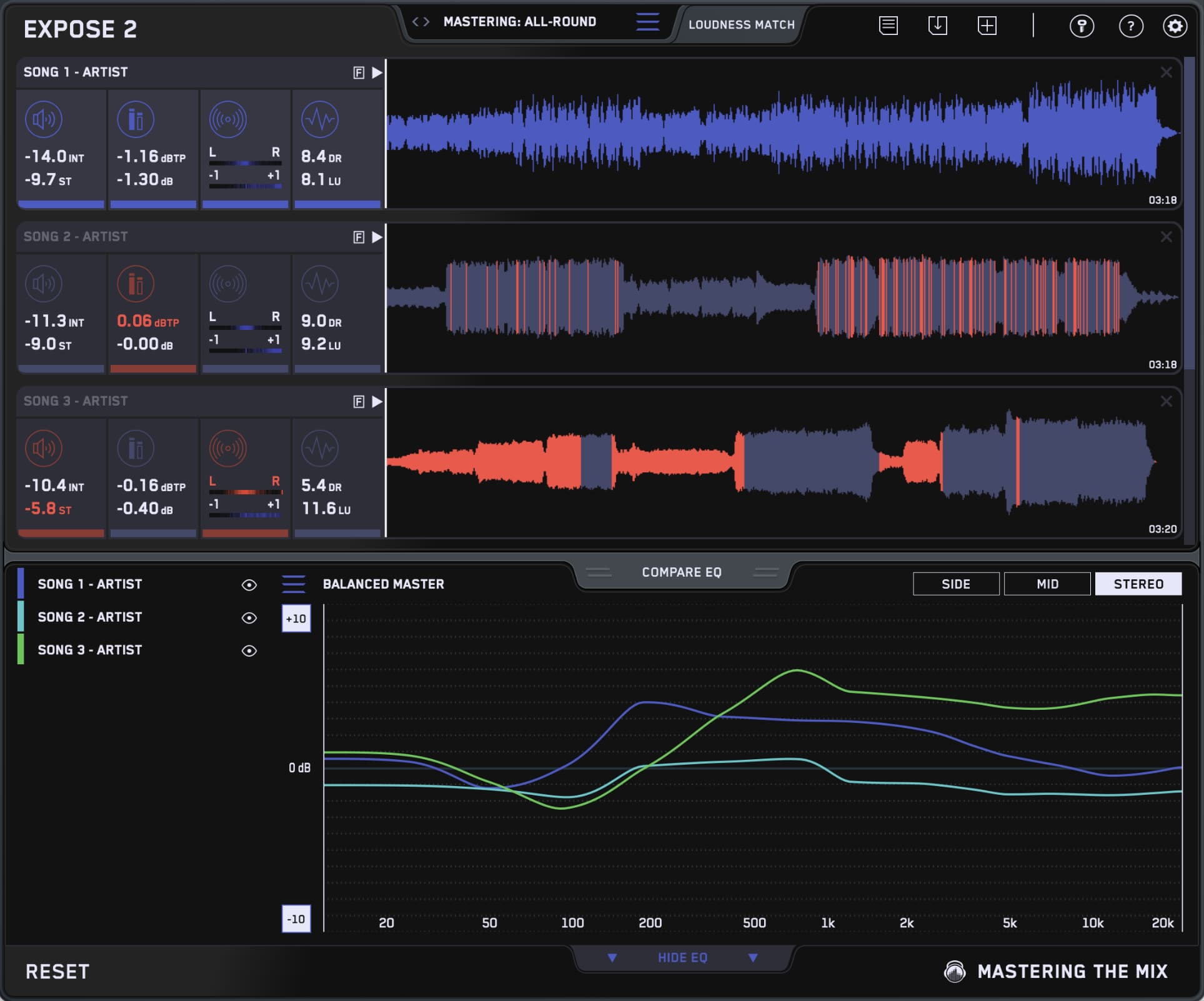Over the last few years, speaker calibration software has become an increasingly popular solution for creating a more neutral listening environment. But, does it really work? Is it worth the money? In this article, we'll explain how speaker calibration software works and discuss a few of the most popular programs on the market right now.

What Is Speaker Calibration Software?
Before diving into the definition of speaker calibration software, let's talk about the problems it tries to solve.
Have you ever noticed that every studio has its own vibe? Even beyond the aesthetic of the space, every studio has a unique sound that can't be recreated anywhere else. Even if you're using the same exact signal chain, your vocals might sound a little sweeter in Studio One at Abbey Road than in your mom's basement. That's due to the frequency response of the room.
Every surface in your listening environment contributes to the frequency response of your room. The dimensions and shape of the space, the materials of the walls, ceiling, and floor, and even the decor can affect how your room sounds.
When sound comes out of your monitors, it bounces around the room until it is adsorbed or dissipates. These reflections can create room modes, which can cause peaks and dips in the frequency response of your listening environment.
When two or more waves meet and are in phase with each other (at a specific frequency), it will create a peak in the frequency response. When the waves are out of phase, they create a dip or null.

These problems are especially common in small, untreated studios, and often result in a build-up of low-end energy, making it difficult to accurately assess what you're hearing. Professional recording studios are designed to prevent these issues through careful construction and high-end acoustic treatment. But what about the rest of us?
Speaker calibration software analyzes the frequency response of your listening environment, then applies a custom EQ curve to compensate for peaks and dips caused by room modes, as well as inconsistencies with the frequency response of your studio monitors.
Speaker calibration software is often called "room correction software" in forums and such, but that's not quite accurate. Speaker calibration software adjusts the sound coming out of your speakers to compensate for the problems in your room, but it's not able to correct problems in your listening environment.
Even when using speaker calibration software, room modes are still present in the room, and can still affect your recordings and mixes. That's why it's best to use speaker calibration software to supplement acoustic treatment, not replace it. By using proper acoustic treatment alongside speaker calibration software, you can rest assured that you're hearing exactly what's coming out of your DAW with no coloration caused by your listening environment.
Now that we've explained what speaker calibration software is, let's talk about how it works.

How Does Speaker Calibration Software Work?
Most speaker calibration software uses a three-step process to compensate for sonic anomalies in the frequency response of your listening environment. It starts by analyzing the frequency response of your room, then creates a unique EQ curve to compensate for issues, and filters the output of your speakers to create a more neutral sound. Let's take a closer look at the process.
First, you need to analyze the frequency response of your listening environment using a special measurement microphone. Most manufacturers offer bundles that combine speaker calibration software with a proprietary measurement mic for improved accuracy, but you can also pick up standalone measurement mics from manufacturers like Earthworks, Neumann and more.
Start by placing the microphone in the listening position. The software will play a series of test tones through your speakers, which the microphone will capture and analyze. The software measures the frequency response of your room, including the frequency response of your speakers, the location of your listening position and reflections within your room. Many speaker calibration softwares allow you to analyze the response of your room from multiple positions, then sum the measurements together for a more accurate reading.

Next, the software compares the frequency response of your listening environment to a "target curve," which is a measurement of how the ideal system would sound in a perfectly treated space. Most manufacturers use custom target curves created by staff engineers, which are optimized for the software.
Then, the speaker calibration software compensates for these peaks and dips by applying a custom EQ curve to the output of your speakers. The goal is to allow your speakers to counteract the peaks and dips caused by your room.
For instance, most small studios have issues with low-end. It's not uncommon to see peaks or dips up to 12 dB or more in untreated spaces. A 12 dB boost in your low-end can have you thinking your mixes sound great in the studio, but when you reference on other systems, it sounds thin. In this instance, speaker calibration software would make a 12 dB cut where the frequency build-up is occurring to help create a more neutral frequency response.
Similarly, a 12 dB dip in your low-end may cause you to overcompensate for the lack of low-end in your room, resulting in muddy mixes outside of the studio. Speaker calibration software would introduce a 12 dB boost at the specific frequency to counteract the dip caused by your room modes.
Now that you understand how speaker calibration software works, let's take a look at some of the most popular systems on the market. Most of these options include a free trial demo with presets for popular studio monitors so you don't have to use a mic to measure your room (although it is a bit less accurate).

Sonarworks SoundID Reference
Formerly known as Reference 4, SoundID includes a plug-in for DAW use and a standalone app for system-wide use (such as listening to music on Spotify or watching YouTube videos), as well as the SoundID Reference Measure room calibration app and a measurement mic. With the latest update, users can manually fine-tune the target curve in real-time and even limit the calibration frequency range, which can help when the highest and lowest frequencies start to get a little squirrelly.
IK Multimedia ARC System 3
One of the more affordable programs on the list, IK Multimedia's ARC System 3 introduces a number of new features, including added plug-in controls and a new height parameter. Plus, ARC System 3 offers unparalleled precision within half a dB. Best of all, ARC System 3 works with any RTA microphone so you don't have to buy the MEMS Microphone if you already have one (although, it's also more affordable than most).
Dirac Live Room Correction Suite
Commonly used for hi-fi systems and professional multi-channel mix rooms, the Dirac Live Room Correction Suite offers impressive features including customizable target curves, surround sound support and impulse response correction to help maximize the performance of your sound system.
Waves TRACT
The Waves TRACT calibration system uses Smaart, the industry-standard audio analysis software from Rational Acoustics, to auto-correct EQ issues and time-align any sound system. TRACT calculates a corrective FIR EQ curve and time alignment corrections for quickly tuning any sound system.
Room EQ Wizard
Looking for a free speaker calibration software that actually works? Check out Room EQ Wizard, a room acoustic and loudspeaker measurement tool that makes it easy to dial in the perfect EQ curve using any RTA microphone. REW works on Mac, Windows and even Linux, and even offers a Pro version with multi-input capture.
Trinnov Audio
Trinnov offers a series of hardware devices designed for calibration multi-channel systems. It's a bit more expensive than the others on the list, but it's designed for pro studios and post-production facilities.
Genelec GLM Correction System
Genelec's impressive GLM4 system is a powerful calibration software and monitor controller. Unfortunately, it only works with Genelec Smart active monitors and subwoofers. On the plus side, you can download it for free!
It's also worth noting that some studio monitors come with built-in calibration software, such as the Neumann KH 80 DSP, Genelec The Ones and JBL LSR4328P.
Now that you're familiar with the most popular speaker calibration software, let's talk about some of the pros and cons of using it in the studio.

Tips For Mixing With Speaker Calibration Software
Speaker calibration software is a great tool for helping you get a clearer picture of how your mix might sound in a more neutral listening environment. It can make it easier to trust what you're hearing and help ensure your mixes will accurately translate to other systems. However, speaker calibration software can't fix acoustical problems in your listening environment, which is why it's important that you use it as a supplement to proper acoustic treatment.
It's also (usually) worth investing in the pro option, when available. Most speaker calibration softwares offer a pro bundle that comes with advanced features and an RTA mic that's custom-tuned to work with the software. Speaker presets can be a good starting point for some studios, but for best results, you should analyze your listening environment from multiple angles using the recommended measurement mic. Otherwise, your mix may only sound balanced from the listening position and changes drastically as you move around the room.
Finally, it's important to keep in mind that even in a well-treated room, using speaker calibration software will never completely flatten the frequency response of your listening environment. That's why it's important to use tools like REFERENCE and EXPOSE 2 to check your mix for technical issues and ensure your tracks are radio-ready.

In summary, speaker calibration software is a powerful tool that can help correct issues with your listening environment. It won't be able to solve all of your problems, but it can certainly help improve the quality of your mixes. It's definitely worth the investment, just be aware that it's only one part of the solution.
For more mixing tips and advice on optimizing the acoustics in your studio space, check out our blog.
